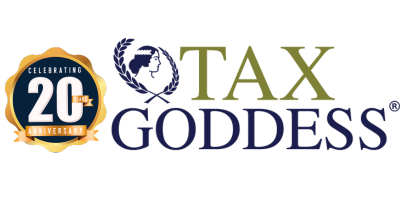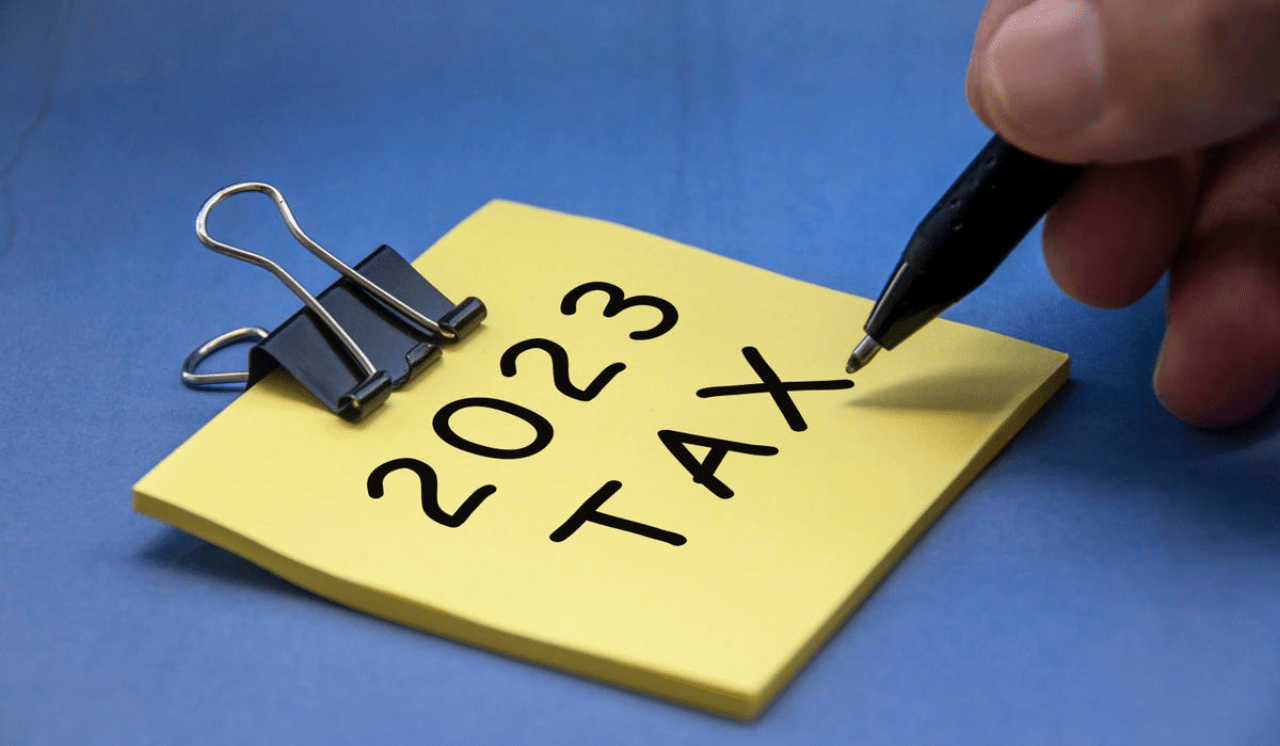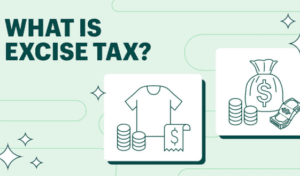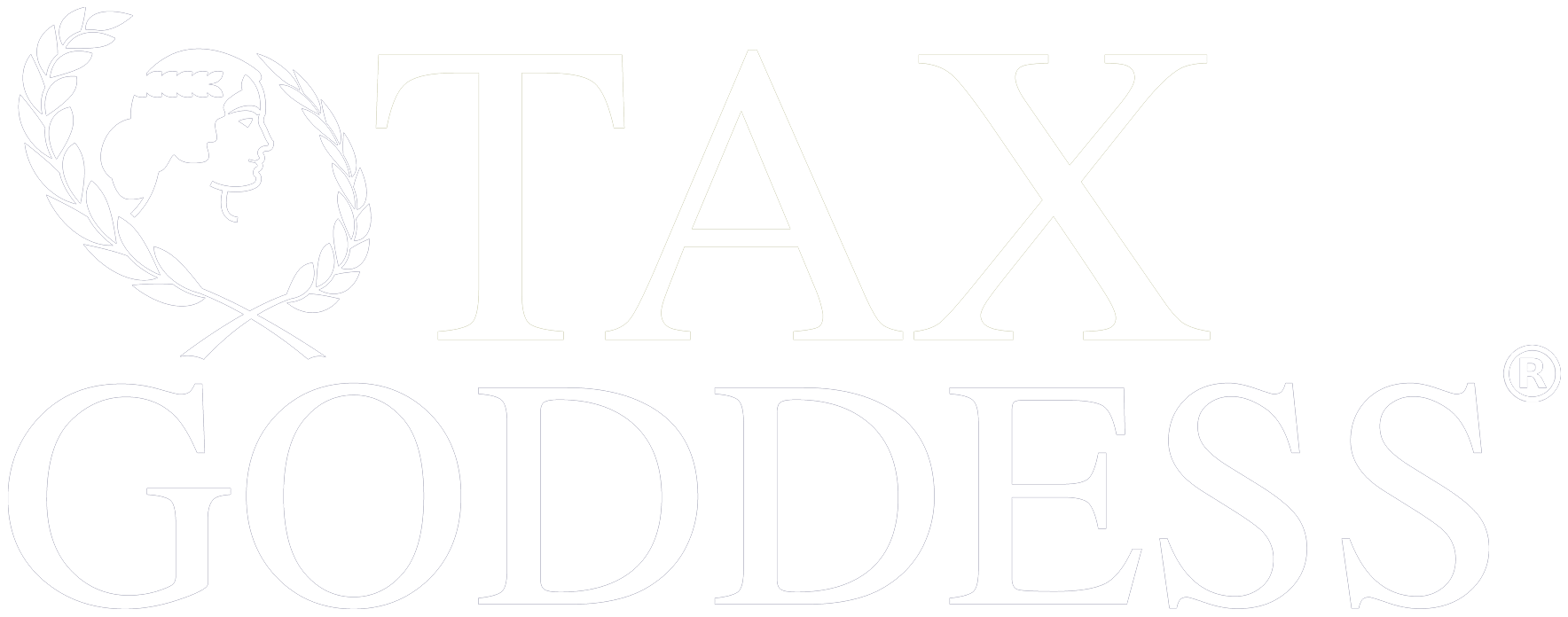2022 has been a financially difficult year for everyone. Everything is expensive, from the value of stocks to your favorite fast-food restaurants. While inflation adjustments for tax could be a lifesaver, will it be enough in 2023?
Is there light at the end of this tunnel?
While you don’t know how your finances will turn out in 2023, the good thing is that you can benefit from the new IRS tax inflation adjustments for 2023. The most notable change in the new adjustment is the 7% for standard deduction amounts, the Earned Income Tax Credit, and the income tax bracket.
What Is Inflation Adjustment?
The inflation adjustment is a way of accounting for the effects of inflation on the purchasing power of money. It is used to compare prices or financial data over time to determine the actual value of an amount of money in a given year compared to a different year.
Inflation adjustments ensure that the value of money does not decline over time. For example, if a person is paid a salary of $50,000 per year, and the rate of inflation is 2% per year, the purchasing power of their salary will decrease by 2% each year. To compensate for this decline in purchasing power, the salary may be increased by 2% each year, known as inflation adjustments. This helps to maintain the purchasing power of the salary over time.
What is a Standard Deduction and the Related Inflation Adjustments?
The standard deduction is intended to simplify your tax-filing process. This is done by providing a fixed amount that can be used to reduce your taxable income rather than itemizing and claiming specific deductions. It is available to all taxpayers, whether or not you itemize your deductions. The IRS has announced that about 90% of taxpayers now take the standard deduction instead itemizing it.
In addition to the standard deduction, additional standard deductions are available for taxpayers aged 65 or older or those who are blind. These other standard deductions are also adjusted for inflation each year.
You can claim the standard deduction on your tax return by filling out the appropriate form, such as Form 1040 or Form 1040-SR. However, if you choose to itemize your deductions instead of claiming the standard deduction, you’ll need to fill out Schedule A (Form 1040 or Form 1040-SR) and provide detailed information about the deductions you are claiming.
The standard inflation adjustments for 2023 are as follows:
- For single taxpayers (and married couples filing separately), the standard deduction increases to $13,850 for 2023 (An $900 upgrade from the $12,950 in the tax year 2022).
- For married couples who file jointly, the standard deduction for 2023 is $27,700 (an increase of $1800 from the $25,900 in the tax year 2022).
- If you’re filing head of household, the standard deduction will be up to $20,800 for the tax year 2023 (A step up from $19,400 for the tax year 2022)
What Are The Marginal Income Tax Rates?
Marginal income tax rates refer to the tax rate that applies to the income you earn above a certain threshold. The United States has a progressive tax system, which means that people with higher incomes pay a higher percentage of their income in taxes.
For the inflation adjustments for the tax year 2023, the top marginal tax rate remains at 37% for individual taxpayers with income higher than $578,125 and $693,750 for married taxpayers who file jointly.
Other marginal rates include
- 35% for single taxpayers with incomes above $231,250 ($462,500 for married couples who file jointly).
- 32% for single taxpayers with incomes above $182,100 ($364,200 for married couples who file jointly).
- 24% for single taxpayers with incomes above $95,375 ($190,750 for married couples who file jointly).
- 22% for single taxpayers with incomes above $44,725 ($89,450 for married couples who file jointly).
- 12% for single taxpayers with incomes above $11,000 ($22,000 for married couples who file jointly).
Earned Income Tax Changes
The earned income tax credit, also called the ETIC, is a refundable tax credit for low and moderate-income workers. In essence, the lesser you earn, the more EITC you have. Even better, families with children often qualify for the largest credits.
To qualify for the EITC, there are eligibility rules you have to check:
- Your investment income must be worth $10,300 or less in 2022 but can be at most $11,000 in 2023.
- You must have at least $1 of earned income. This does not include unemployment and pension.
- You must not have filed Form 2555-EZ, Foreign Earned Income Exclusion, or Form 2555, Foreign Earned Income.
- If you are separated but still married, you must file your tax return separately and not have lived with your partner for the last six months. In addition, your child must live with you for more than half of the tax year.
For the tax year 2022, the ETIC ranges from $560 to $6,935, depending on your income, number of children, and tax-filing status. The credit for the 2023 tax year will be scaled higher, ranging from $600 to $7,430.
Contrary to what you think, you don’t have to have a child to claim your EITC. Another exciting thing about the EITC is that it just doesn’t reduce your tax bill; it also gets you a tax refund that could be greater in value than what you paid in taxes. However, the IRS can legally only issue a refund when you claim an EITC in mid-February.
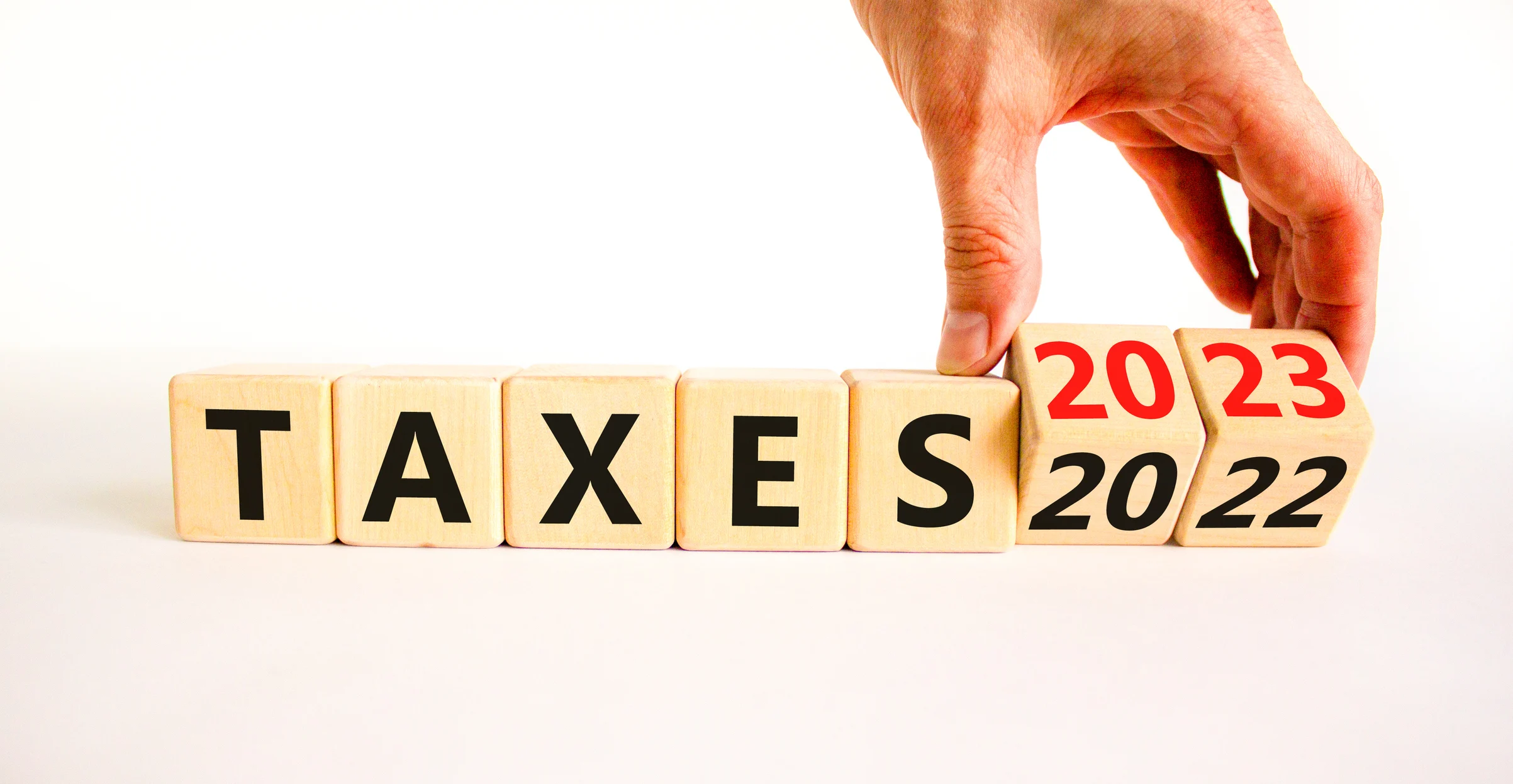
Significant Inflation Adjustments Change To FSAs AND HSAs
One of the biggest changes to expect in 2023 is on your Health Savings Accounts and Flexible Savings accounts. In 2023, employees can save as much as $3,050 in FSA (a 7% increase from $2,850 in 2022). Also, single taxpayers interested in funding an HSA account can save up to $3,850 (a 5.5% increase from the tax year 2022), while families have their savings increased to %7,750 (about a 6.2% increase from 2022)
How Does The 2023 Irs Tax Bracket Affect You?
The 2023 inflation adjustments mean you might be paying lesser taxes. If you look at the width of the 2023 tax bracket, you’ll discover that the bracket has gotten wider. This is a good thing because wider tax brackets alienate bracket creeps. The wider the tax bracket, the lesser your chances of falling into a higher tax bracket, especially if your income stays the same.
If your goal is to reduce your taxes in 2023, the biggest favor you can ever do for yourself is to create a tax-proof strategy. So create a tax plan that helps you build tax-free wealth and ensure everything is done legally while at it.
Take Home
While you might owe less taxes in 2023 with the IRS inflation adjustments, taking advantage of this opportunity gets you a better chance at even lesser tax bills. If you don’t know how to reduce your taxes, consider working with an expert tax strategist like Tax Goddess. You can start by booking a free consultation call with our growth team today!


